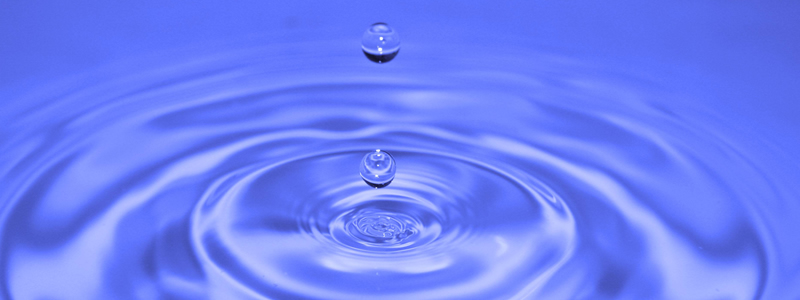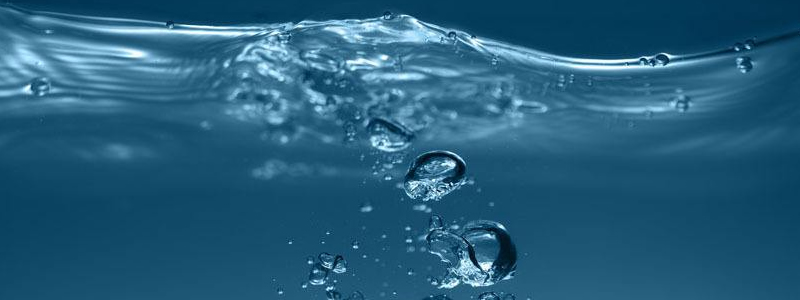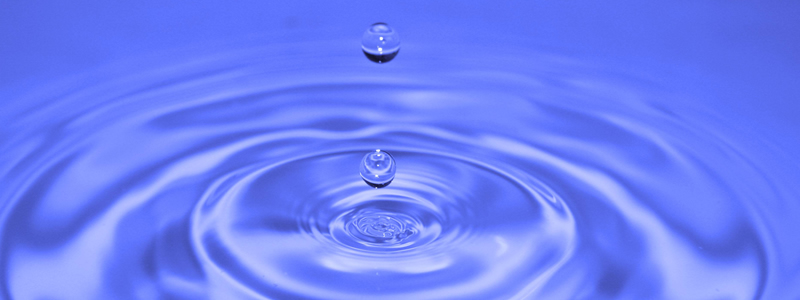
What makes a good coagulant?
The best coagulant is therefore a pre-hydrolysed species with a high basicity. PACl has been found to be very suitable for lime softening applications. ... The advantage of a low basicity coagulant is even more pronounced in full softening applications, and the non-sulphated PACl is the coagulant of choice.
Poly aluminium Chloride(PAC), as an Inorganic coagulant its used in two critical parts of the paper production process: sizing and retention. Also it is widely used in other fields.
Sizing controls the amount of liquid the cellulosic fibres in paper can absorb. Appropriate sizing regulates the amount of ink or water that can penetrate into the paper. Without it, our printed papers would end-up a soggy mass.
Retention is a papermaking term which describes the process of separating fibres from water to form a paper sheet. Good retention is essential for economical and quick paper production.
Retention is one of the most controlled parameters in the papermaking process. Improving retention reduces the amount of papermaking compounds, fibres and fillers in the waste water and improves profitability.
To increase fibre and filler retention, aluminium salts, sodium aluminate (SAL) and poly aluminium chloride (PAC) are used. Aluminium salts enhance the effect of other process chemicals (for example, poly-electrolytes) and remove unwanted anionic trash.
For more information or Inquiry about this, please contact us:
TIAN@CHEM.NET
 Previous
Previous  Next
Next Get answers and advice from people you want it from.